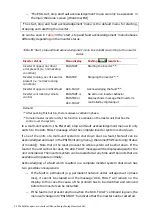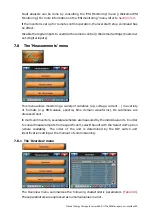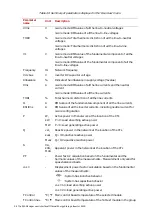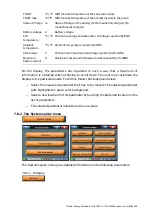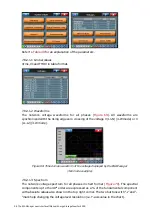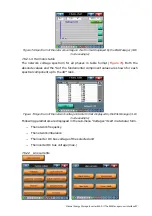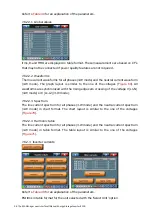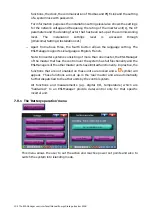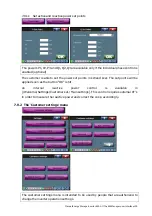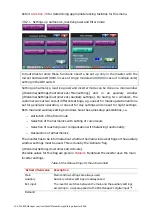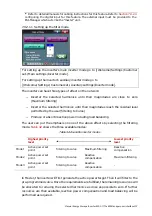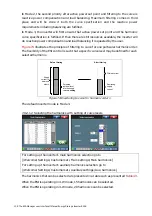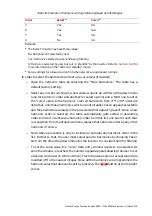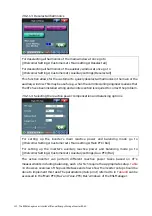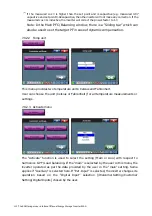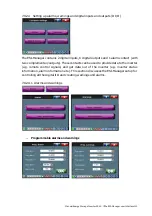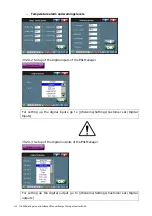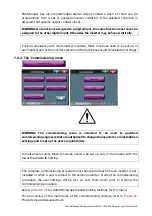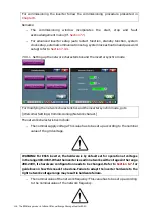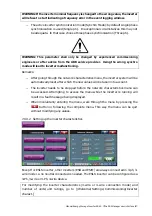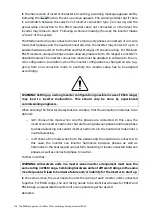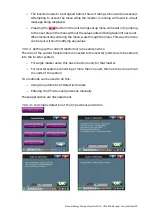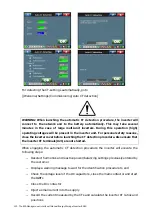
106 The ESI-Manager user interface
Manual Energy Storage Inverter ESI-S
Refer to
Section 7.6
for determining appropriate locking facilities for this menu.
7.9.2.1 Settings up harmonics, reactive power and filter mode
In multi-master units these functions need to be set up only in the master with the
lowest hardware ID (0001 in case of single module and 0000 in case of multiple units)
setting in the DIP switch.
Setting up harmonics, reactive power and inverter mode can be done in a main window
[/Welcome/Settings/Customer set./Main settings] and in an auxiliary window
[/Welcome/Settings/Customer set./Auxiliary settings]. By having two windows, the
customer can set two sets of different settings, e.g. one set for mains operation and one
set for generator operation, or one set for day settings and one set for night settings.
Both main and auxiliary settings windows have the same setup possibilities, i.e.
−
Definition of the filter mode
−
Selection of the harmonics with setting of curve levels
−
Selection of reactive power compensation with balancing functionality
−
Deselection of all harmonics
The inverter has to be informed about whether the main window settings or the auxiliary
window settings must be used. This is done by the ‘Activate’ flag
[/Welcome/Settings/Customer set/Activate].
Possible values for this flag are given in
By default the inverter uses the main
inverter settings.
Table 41: Possible settings for the activate field
‘Activate’ field value Description
Main
Main window settings are always used
Auxiliary
Auxiliary window settings are always used
Ext. input
The inverter switches between the main and the auxiliary settings
according to a signal applied to the ESI-Manager’s digital input
(a)
.
Remark:

